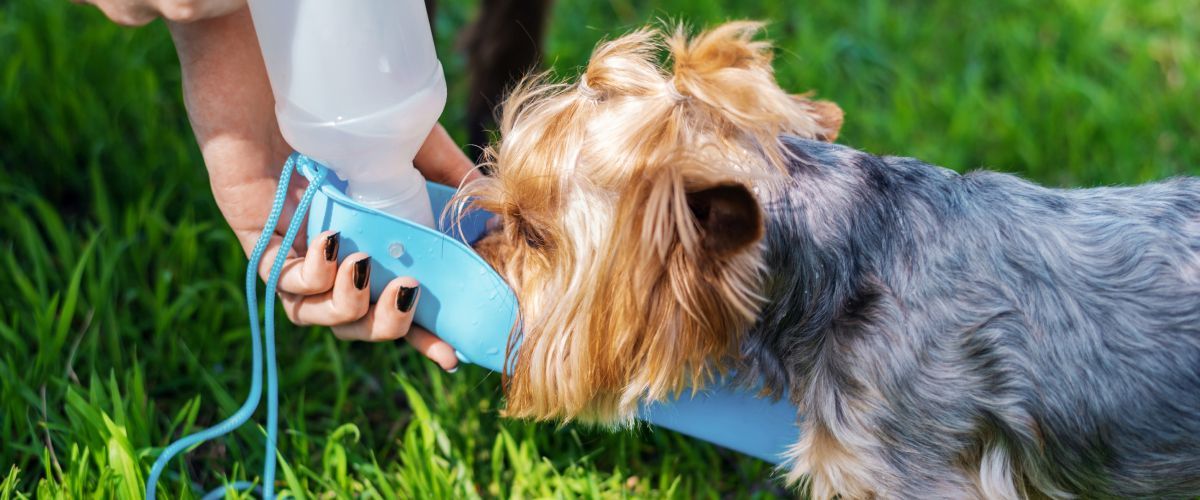Learn about Persians
Persian cats are a timeless symbol of elegance and tranquility. Known for their long, flowing coats, flat-faced charm, and laid-back personality, Persian cats are among the most popular and recognizable cat breeds globally. Whether you’re considering adopting one or simply want to learn more, this comprehensive guide will cover everything you need to know about Persian cats—from their origins and characteristics to grooming, health, and care tips.
The History and Origins of Persian Cats
The Persian cat has a rich history dating back to the 1600s, with roots believed to trace back to Persia (modern-day Iran). These cats were first introduced to Europe by early explorers, where their exotic looks quickly made them a favorite among aristocrats and royals. Over centuries, selective breeding emphasized their round faces, short noses, and plush coats—traits that define the Persian cat as we know it today.
Physical Appearance and Coat Types
Persian cats are medium to large in size, with a sturdy build and a distinctly round appearance—from their head to their paws. They are most famous for:
- Long, luxurious fur : Dense and silky, often requiring daily grooming.
- Flat-faced or “brachycephalic” features : Short noses, large eyes, and a squashed appearance.
- Large, expressive eyes : Can come in shades of blue, copper, green, or odd-eyed.
Persians come in a wide range of colors and patterns, including solid, tabby, bicolor, calico, and more.
Persian Cat Personality and Behavior
Persian cats are known for their calm, quiet, and affectionate nature. They are not overly playful or hyperactive, preferring serene environments and gentle attention. These cats enjoy lounging in cozy spots and often develop a strong attachment to their owners. While they’re not typically lap cats, they do appreciate close companionship and will follow you from room to room just to be near.
They are well-suited for indoor living and tend to get along well with other pets and children, especially in peaceful households.
Grooming and Daily Care
Owning a Persian cat means committing to a regular grooming routine. Their long coats can easily become tangled or matted if not brushed daily. Some essential grooming tasks include:
- Daily brushing with a wide-tooth comb to prevent knots and reduce shedding.
- Regular bathing , often once a month, to keep the coat clean and shiny.
- Eye cleaning : Due to their flat faces, Persian cats often experience tear staining, which requires gentle daily cleaning.
Additionally, trimming their nails, cleaning their ears, and maintaining dental hygiene are important parts of their care routine.
Common Health Issues in Persian Cats
Due to their unique facial structure and genetic makeup, Persian cats can be prone to certain health issues:
- Brachycephalic airway syndrome , leading to breathing difficulties.
- Polycystic Kidney Disease (PKD) , a common inherited condition.
- Eye problems , such as excessive tearing or cherry eye.
- Dental issues and misaligned jaws.
To ensure a healthy life, adopt from reputable breeders who perform genetic screenings and keep up with regular veterinary checkups.
Is a Persian Cat the Right Pet for You?
If you’re looking for a calm, affectionate, and low-energy cat with a royal appearance, the Persian cat is a perfect match. They do best in quiet, indoor environments and require an owner who can dedicate time to daily grooming. Their sweet temperament and quiet charm make them wonderful companions for singles, couples, or families with older children.
Conclusion
Persian cats continue to captivate hearts worldwide with their gentle personalities and glamorous looks. While their grooming needs are more demanding than some other breeds, the reward is a loving, serene feline companion who adds beauty and tranquility to any home. Whether you’re a seasoned cat lover or new to feline companionship, the Persian cat offers a timeless blend of elegance and affection.
The post Learn about Persians appeared first on Angelpaw.







